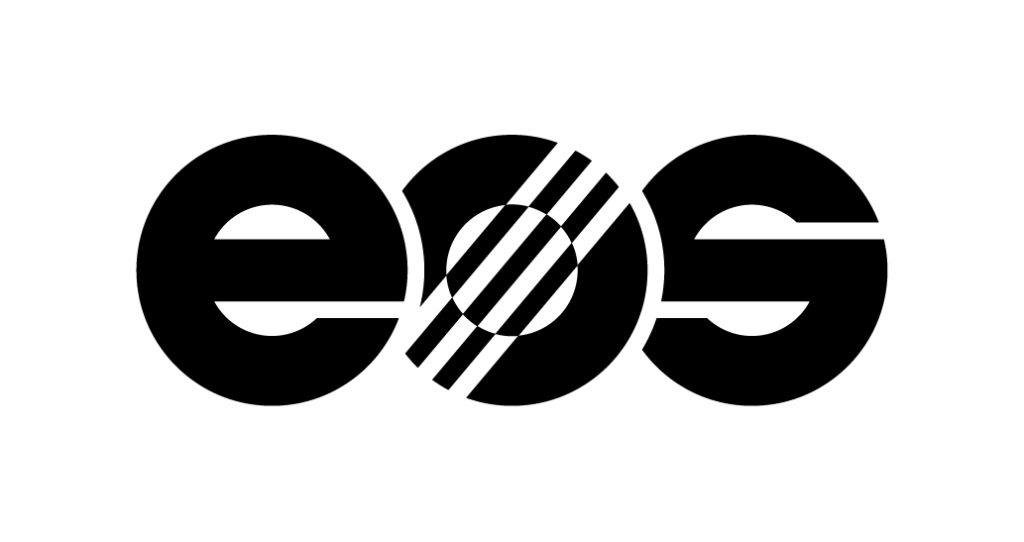Participants can independently check a project with regard to feasibility and economic efficiency and to make adjustments to the component design if it is necessary to realize the project or optimization. To do this, they use existing information (such as technical drawings, dimensions, shape, intended use, boundary conditions, acting forces, ...) and ensure that all necessary information is available.
Prior knowledge
Required: basic knowledge of technical communication, cost accounting and handling CAD systems
Skills
Participants can independently check a project with regard to feasibility and economic efficiency and to make adjustments to the component design if it is necessary to realize the project or optimization. To do this, they use existing information (such as technical drawings, dimensions, shape, intended use, boundary conditions, acting forces, ...) and ensure that all necessary information is available.
Learning content
Technical communication
- Basics of technical communication
- Special features for the AM process chain
Feasibility
- Assessment of the component regarding material, size, mechanical requirements
- Influence of component design on feasibility
(Re-)design
- Adaptation of conventional design for additive manufacturing
- Use of topology optimization tools in CAD environments
- Technology specific optimization of AM designs
- Design to Cost
- Use of simulation tools for optimization
Cost effectiveness
- Cost calculations for manufacturing processes
- Comparison of conventional manufacturing, additive manufacturing
- Savings potentials through AM (examples and approaches, such as lifecycle, TCO, batch sizes, lightweight construction)



